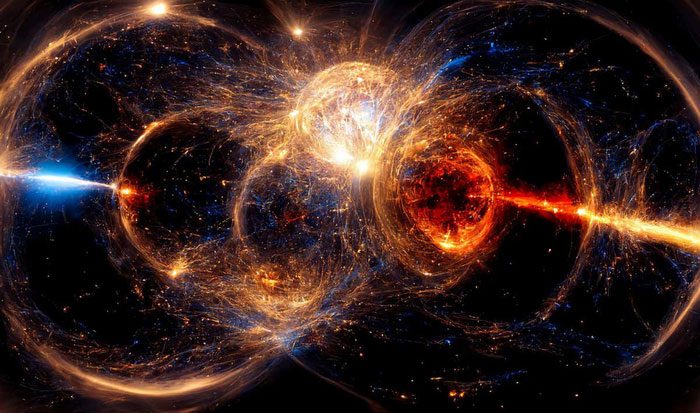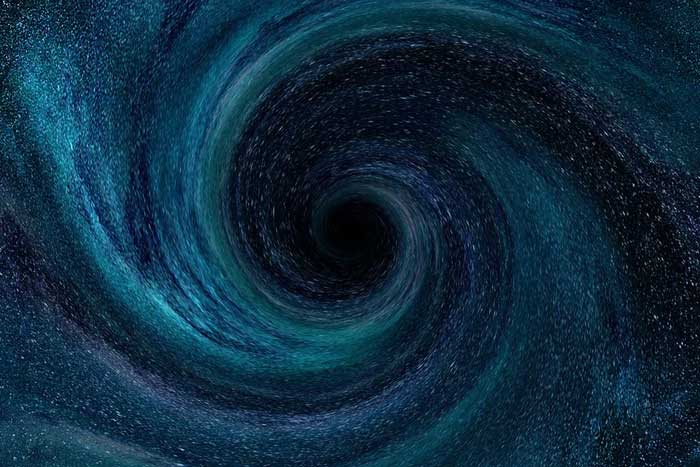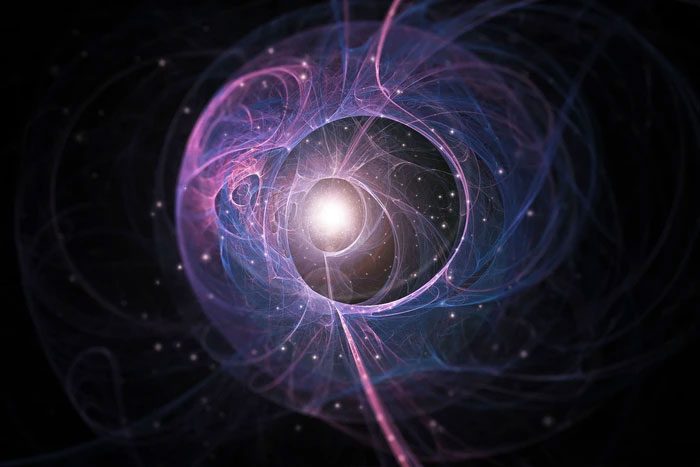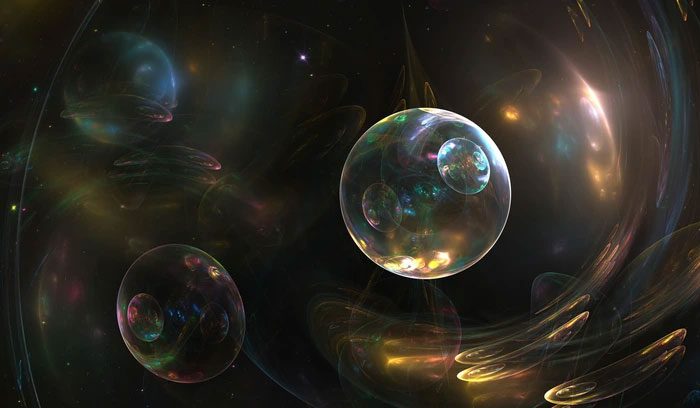Time cannot be reversed, but in the eyes of physicists, the arrow of time does not only point in one direction; under certain special circumstances, time may begin to flow backward.
The modern cosmological model posits that our universe originated from a Big Bang approximately 13.82 billion years ago, a moment before which there was no time, no space, no matter, no physical laws, and everything was born from that Big Bang.
In a very brief moment after the Big Bang, the universe expanded from an invisible point to a substantial scale, with this expansion rate exceeding the speed of light. Currently, in the process of the universe’s expansion, the rate of expansion of spacetime is also faster than the speed of light.

The arrow of time is a concept that describes the sequence of events from the past, through the present, and into the future – a sequence that cannot be reversed in the world we know. However, most physical laws do not distinguish between the future and the past. For example, consider an equation that describes the collision and bounce of two identical billiard balls. If that event is recorded with a camera and played backward, it can still be represented by the same equation.
This is why distant galaxies are moving away from Earth faster than the speed of light and also why there exists an observable universe with a diameter of 93 billion light-years.
Under the guidance of Einstein’s idea of spacetime integration, many physicists believe that the current one-way nature of time is caused by the expansion of the universe. This means that once the universe transitions from expansion to contraction, the direction of the universe will change, and the arrow of time will also reverse.

Researchers have discovered that, although the expansion of the universe has been accelerating for billions of years, the push from dark energy may be weakening.
The currently observed universe is in a state of accelerated expansion. This is due to dark energy, which constitutes 70% of the total mass and energy of the universe, is at work. It provides additional thrust and helps the universe accelerate its expansion.
If physicists in the future find that the rate of dark energy is overestimated or that dark energy is running low, the entire universe could shift from accelerated expansion to decelerated expansion, then stop expanding, and eventually transition from a halted state to a collapsing or contracting state.

According to a model from a recent study published in the Proceedings of the National Academy of Sciences, the acceleration of the universe could quickly end within the next 65 million years – after which, within 100 million years, the universe may completely cease its expansion and instead enter a contraction era, possibly leading to its death or rebirth, a reversal of time and space. However, empirical evidence (observations of supernovae used as benchmark candles and cosmic microwave background) suggests that the expansion of the universe is not slowing down but is actually accelerating. Most astronomers have recognized the empirical results regarding the universe’s increasing expansion rate since 2002.
If a major collapse occurs at some point in the future, it would not only shorten distances in space but also reverse time, leading to galaxies moving closer together. At that point, if there are indeed a substantial number of advanced intelligent civilizations in the universe, humanity may soon discover their existence in an increasingly contracting universe.

The Big Crunch is a future cosmological prediction about the universe collapsing back into a single point after it ceases to expand following the Big Bang. If the gravitational pull of all matter within the observable universe is sufficiently strong, it may gradually slow down the expansion process until it completely halts and then begins to contract. After a period roughly equal to the time of expansion, the universe could collapse back to a singularity, similar to a massive black hole containing all matter. Nothing can be said about what happens after the Big Crunch, as time ceases at this singular point.
As ordinary individuals, we can indeed perceive the collapse of the universe as a movie being played in reverse, but there remains a fundamental difference between the collapse of the universe itself and a reversed film, which is entropy.
In thermodynamics, entropy refers to the level of disorder in a closed system, with its core property being that it can only increase and never decrease, meaning that the level of disorder in a closed system will only rise.
In the case of our universe as a large closed system, the entropy value will continue to increase due to the Big Bang and the expansion of space and time, but when the universe’s collapse begins, the entropy value will not reverse; instead, it will continue to rise.
Although the concept of time reversal may seem unbelievable to many, it is indeed possible, albeit with a very small probability.


















































